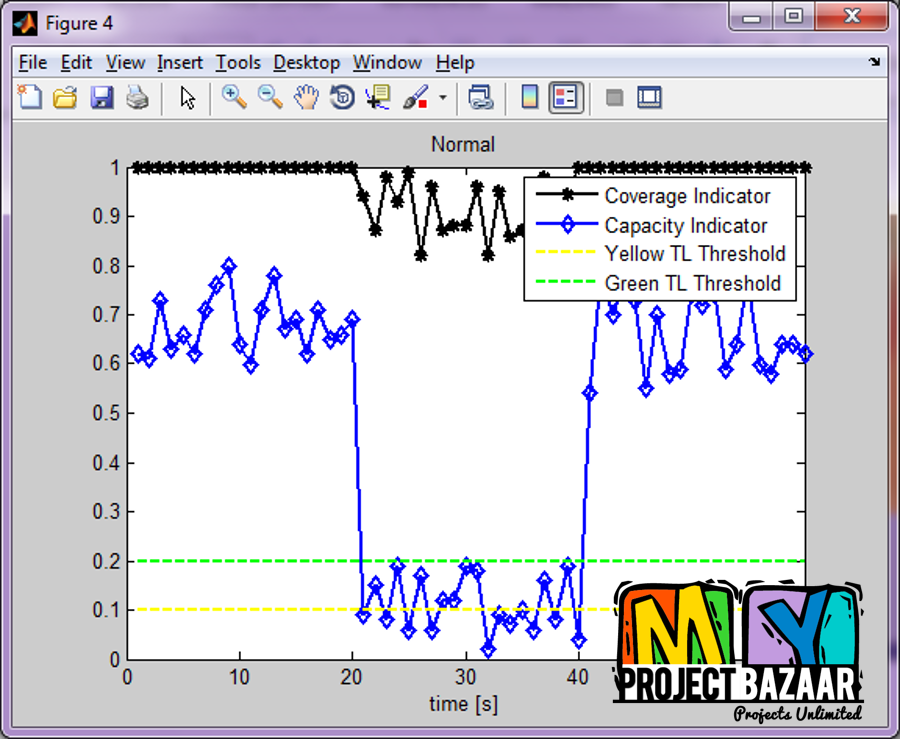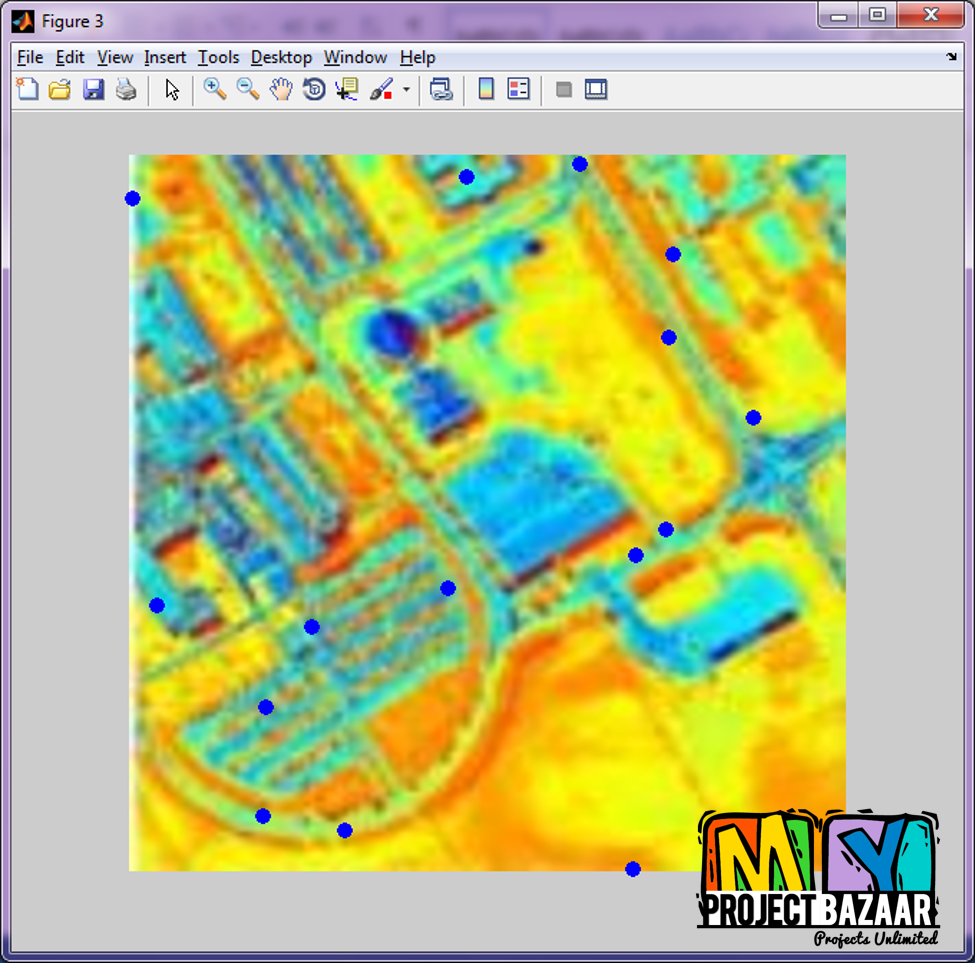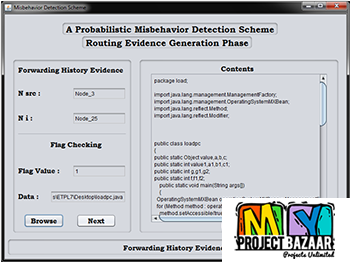
Autonomous Self-Optimization of Coverage and Capacity in LTE Cellular Networks
Product Description
Autonomous Self-Optimization of Coverage and
Capacity in LTE Cellular Networks
Abstract— : Self-organizing networks promise significant expenditure savings for operators when rolling out modern cellular network infrastructure, such as Long-Term Evolution (LTE) and LTE-Advanced systems. Savings in capital expenditures (CAPEX) and operational expenditures (OPEX) can be achieved in both the network deployment and network operation phase. Particularly, self-organized optimization of network coverage and network capacity is a key challenge to cope with the boost in mobile data traffic that is expected in the next years and to benefit from the growing market. We present a traffic-light-related approach to autonomous self-optimization of tradeoff performance < Final Year Projects 2016 > indicators in LTE multitier networks. Introducing a low-complexity interference approximation model, the related optimization problem is formulated as a mixed-integer linear program and is embedded into a self-organized network operation and optimization framework. Tuning site activity, transmission power, and antenna downtilt are parameters of eNodeBs and Home eNodeBs. The optimization procedure is carried out considering time-variant optimization parameters that are automatically adapted with respect to changes in the network. Simulation-based evaluation of representative case studies demonstrates applicability and the benefit potential of our overall concept.
Including Packages
Our Specialization
Support Service
Statistical Report

satisfied customers
3,589
Freelance projects
983
sales on Site
11,021
developers
175+Additional Information
| Domains | |
|---|---|
| Programming Language | Matlab |
Would you like to submit yours?


















There are no reviews yet